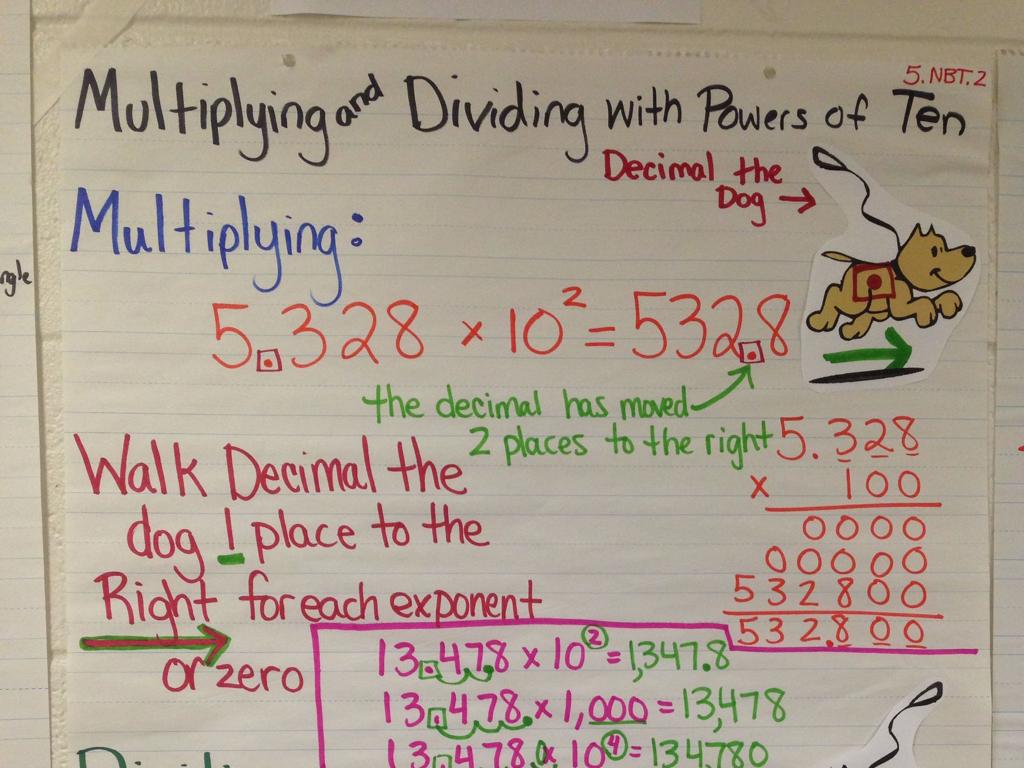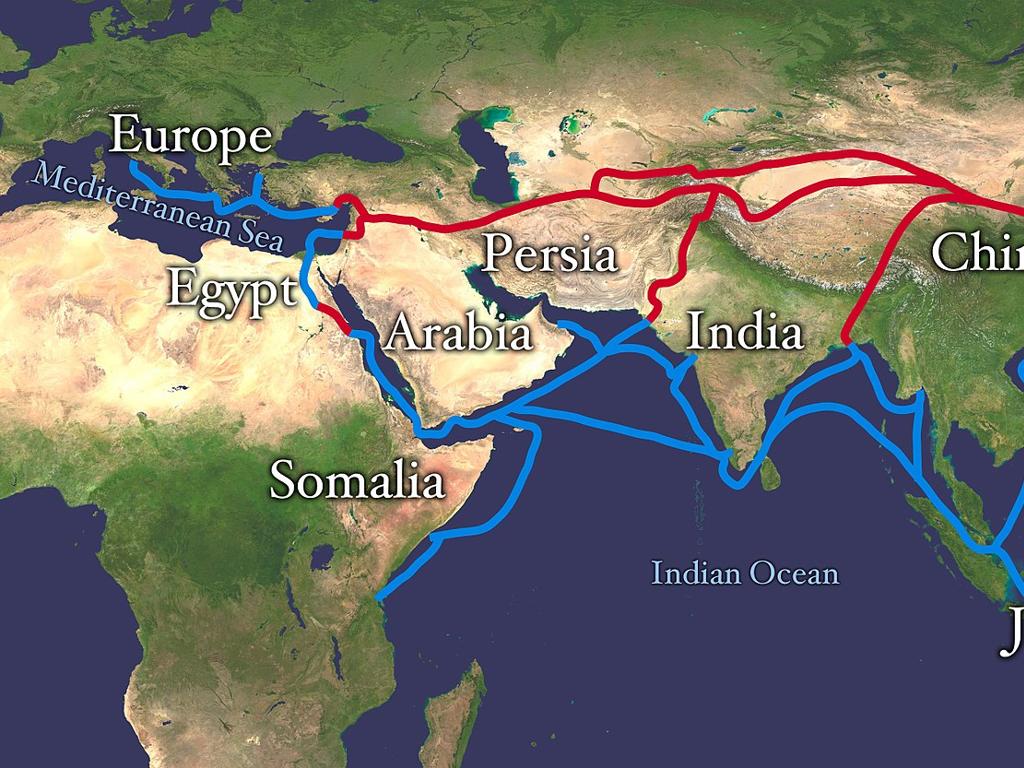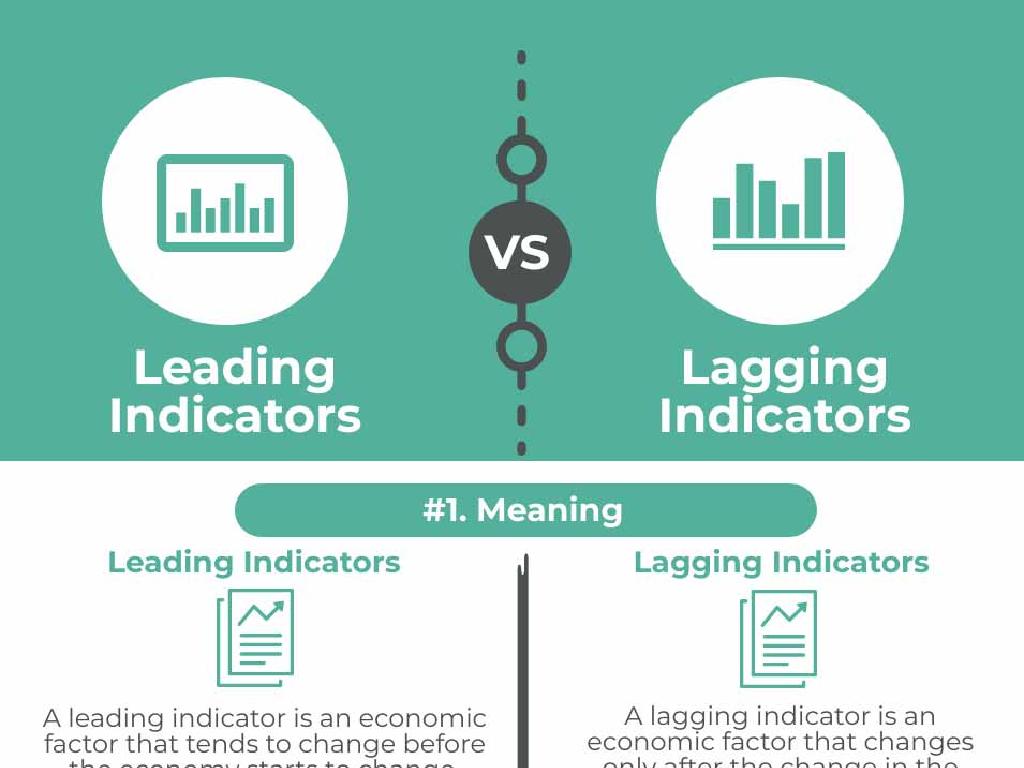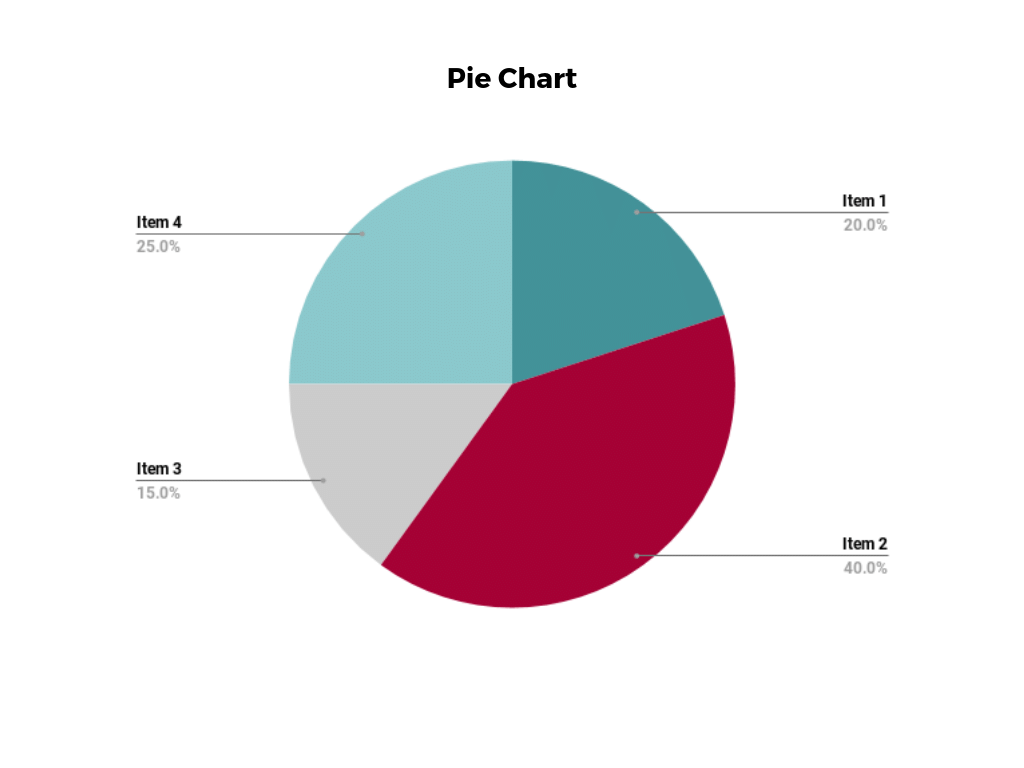Use Relative Pronouns: Who, Whom, Whose, Which, And That
Subject: Language arts
Grade: Seventh grade
Topic: Pronoun Types
Please LOG IN to download the presentation. Access is available to registered users only.
View More Content
Pronoun Types: Relative Pronouns
– Role of relative pronouns
– They connect clauses to nouns or pronouns
– ‘Who’ and ‘whom’ usage
– ‘Who’ for subjects, ‘whom’ for objects e.g., ‘Who called?’ vs ‘Whom did you call?’
– ‘Whose’, ‘which’, and ‘that’
– ‘Whose’ shows possession, ‘which’ for things, ‘that’ for people/things
– Practice with sentences
|
This slide introduces the concept of relative pronouns, which are used to link clauses to nouns or pronouns, adding essential information to a sentence. ‘Who’ is used when referring to the subject of a clause, while ‘whom’ is used for the object. ‘Whose’ is used to indicate possession. ‘Which’ is typically used for animals and things, and ‘that’ can be used for both people and things. Provide examples and create practice sentences for students to apply their understanding of each relative pronoun. Encourage students to create their own sentences using these pronouns to enhance their grasp of the topic.
Understanding Relative Pronouns
– Recap: What’s a pronoun?
– A pronoun substitutes for a noun
– Pronouns prevent repetition
– Types include: he, she, it, they
– Focus: who, whom, whose, which, that
– These relate to the subject and object in sentences
|
Begin with a quick review of pronouns and their function to replace nouns, making sentences less repetitive and more fluid. Provide common examples such as ‘he’, ‘she’, ‘it’, and ‘they’. Then, shift the focus to relative pronouns, which are used to connect clauses or phrases to a noun or pronoun. Emphasize ‘who’, ‘whom’, ‘whose’, ‘which’, and ‘that’, explaining that these pronouns provide additional information about the noun, acting as the subject or object within the relative clause. Use examples to illustrate how each relative pronoun is used in a sentence. For instance, ‘The teacher, who loves books, recommends a new novel each week.’
Introducing Relative Pronouns
– Relative pronouns connect clauses
– ‘Who’, ‘whom’, ‘whose’, ‘which’, ‘that’ link sentences to nouns/pronouns.
– They introduce relative clauses
– A relative clause gives more information about the noun.
– Examples will be in following slides
– We’ll explore how these pronouns function within sentences.
|
This slide introduces the concept of relative pronouns to the students, explaining their role in connecting clauses and providing additional information about a noun or pronoun. Emphasize that relative pronouns are essential for creating complex sentences that are rich in detail. In the next slides, students will see practical examples of ‘who’, ‘whom’, ‘whose’, ‘which’, and ‘that’ in action. This will help them understand how to use these pronouns in their writing. Encourage students to think of questions or sentences they might say in conversation that use these pronouns.
Mastering Relative Pronouns: ‘Who’ vs ‘Whom’
– ‘Who’ for subjects in sentences
– E.g., The girl who won the race is my friend.
– ‘Whom’ for objects in sentences
– E.g., The boy to whom the prize was given is absent.
– Tip: ‘Who’ does, ‘whom’ receives
– Practice distinguishing uses
– We’ll do exercises to apply this rule.
|
This slide aims to clarify the use of ‘who’ and ‘whom’ in sentences. ‘Who’ is used to refer to the subject of a sentence, the one performing the action, while ‘whom’ is used for the object, the one receiving the action. A helpful tip for students to remember is that ‘who’ is for the doer of the action and ‘whom’ is for the receiver. Provide clear examples and engage the class with practice sentences where they have to choose the correct relative pronoun. Encourage students to ask questions if they’re unsure and remind them that understanding the function of the pronoun in the sentence is key to choosing ‘who’ or ‘whom’ correctly.
Understanding ‘Whose’ in Sentences
– ‘Whose’ shows possession
– Example: Whose book is this? It’s the student whose notes are detailed.
– Refers to people and things
– ‘Whose’ can relate to objects too, e.g., a company whose assets are vast.
– Activity: Find ‘whose’ in sentences
– Look for sentences using ‘whose’ and identify what is owned.
|
This slide focuses on the relative pronoun ‘whose,’ which is used to indicate possession. It is essential to clarify that ‘whose’ can refer to both people and things, which is a common area of confusion. For the activity, provide students with sentences containing ‘whose’ and ask them to identify the owner and what is being owned. This will help them understand the usage in context. For example, ‘The teacher, whose lessons are engaging, is very popular.’ Here, ‘whose lessons’ indicates that the engaging lessons belong to the teacher. Encourage students to create their own sentences using ‘whose’ to solidify their understanding.
Using ‘Which’ and ‘That’
– ‘Which’ refers to things, not people
– Example: The car, which is red, is fast.
– ‘That’ for people and things in defining clauses
– Example: The friend that helped me is kind.
– Activity: ‘Which’ vs ‘That’ in sentences
– Identify and explain the use in given examples.
|
This slide introduces the relative pronouns ‘which’ and ‘that’ and their usage in sentences. ‘Which’ is used to provide additional information about things and is often found in non-defining (non-essential) clauses, usually set off by commas. ‘That’, on the other hand, is used in defining (essential) clauses without commas and can refer to both people and things. The activity for the students is to differentiate between ‘which’ and ‘that’ by identifying their use in various sentences. For the teacher: Prepare sentences that use both ‘which’ and ‘that’ and ask students to identify and explain their usage. Encourage students to create their own sentences as well. This will help solidify their understanding of relative pronouns and their functions in providing clarity to the nouns they modify.
Practice with Relative Pronouns
– Practice using relative pronouns
– Use ‘who’ for people, ‘which’ for things, ‘that’ for both
– Fill in the blanks correctly
– Choose ‘who’, ‘whom’, ‘whose’, ‘which’, or ‘that’
– Discuss the correct pronoun choice
– Explain why one pronoun fits better than others
– Understand their usage in context
– Context determines the appropriate relative pronoun
|
This slide is designed for a class activity focused on the application of relative pronouns. Students will practice by inserting the correct relative pronouns into given sentences. Emphasize the use of ‘who’ for people, ‘whom’ for object of a verb or preposition, ‘whose’ for possession, ‘which’ for things, and ‘that’ for people or things in restrictive clauses. After completing the exercise, facilitate a discussion on why each pronoun is the correct choice, reinforcing their understanding of the function and proper usage of relative pronouns in various contexts. Provide examples like ‘The teacher, who is wearing glasses, is my aunt.’ or ‘The cake, which was delicious, was eaten quickly.’ to illustrate the point.
Class Activity: Crafting Sentences with Relative Pronouns
– Pair up and write sentences
– Use ‘who’, ‘whom’, ‘whose’, ‘which’, ‘that’
– Create a sentence for each pronoun, e.g., ‘The teacher, who loves books, reads daily.’
– Share with the class
– Group correction activity
– We’ll review each sentence together and discuss corrections.
|
This activity is designed to reinforce the students’ understanding of relative pronouns through practice and collaboration. In pairs, students will create their own sentences using ‘who’, ‘whom’, ‘whose’, ‘which’, and ‘that’. After writing, they will share their sentences with the class, providing an opportunity for peer learning. As a class, we will go through the sentences, correcting and discussing any errors. This will help students see common mistakes and learn from them. For the teacher: Prepare a list of example sentences that correctly use each relative pronoun to guide the students if they struggle. Also, consider creating a worksheet with sentence fragments that students can complete using the appropriate relative pronouns.
Wrapping Up: Relative Pronouns
– Review of relative pronouns
– Homework: Craft a short story
– Incorporate who, whom, whose, which, that
– Use 5 different relative pronouns
– Ensure each pronoun is used correctly
– Share your story next class
|
As we conclude today’s lesson, remind students of the function and importance of relative pronouns in English. For homework, they are to write a creative short story that includes at least five different relative pronouns, demonstrating their understanding of how to use who, whom, whose, which, and that. Encourage creativity and proper usage of each pronoun in context. In the next class, students should be ready to share their stories, which will help reinforce their knowledge and allow for peer learning. Provide examples if necessary and remind them to check their work for correct pronoun usage before sharing.






